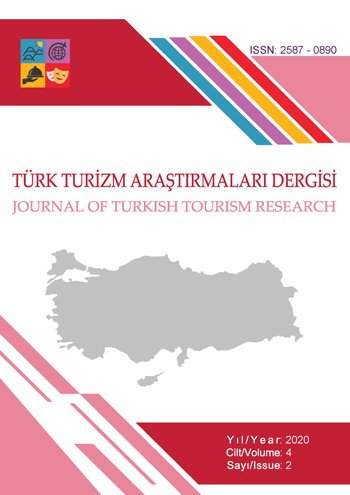The Residue of Leatherworking in Safranbolu Today: Tannery Museum
Main Article Content
Abstract
People have benefited from the opportunities offered by nature since the early ages to meet their vital needs such as shelter, food and beverage, veiling and security. In this regard, people used primitive methods to skin animal hides in order to satisfy their basic needs such as cover and cold protection, and this has played an important role in the development of leatherworking over time. Safranbolu is one of the last settlements in the last period of the Ottoman Empire and in the first years of the republic, where leatherwork and tanneries were at the forefront. Although there is no active tannery in Safranbolu today, the presence of a “Tabakhane” in Eski Çarşı Mevkii reveals how important leather farming and tannery is in Safranbolu history. Accordingly, the subject of the research is to explain the place and importance of leatherworking and tanneries in Safranbolu in socio-economic life. In today's world, where traditional handicrafts begin to disappear rapidly, it is of utmost importance in terms of identifying the masters who try to keep these crafts and meeting them, recording the information they convey in written and sound, not forgetting our cultural heritage elements, transferring them to new generations and thus making them sustainable.
Article Details

This work is licensed under a Creative Commons Attribution-NoDerivatives 4.0 International License.

